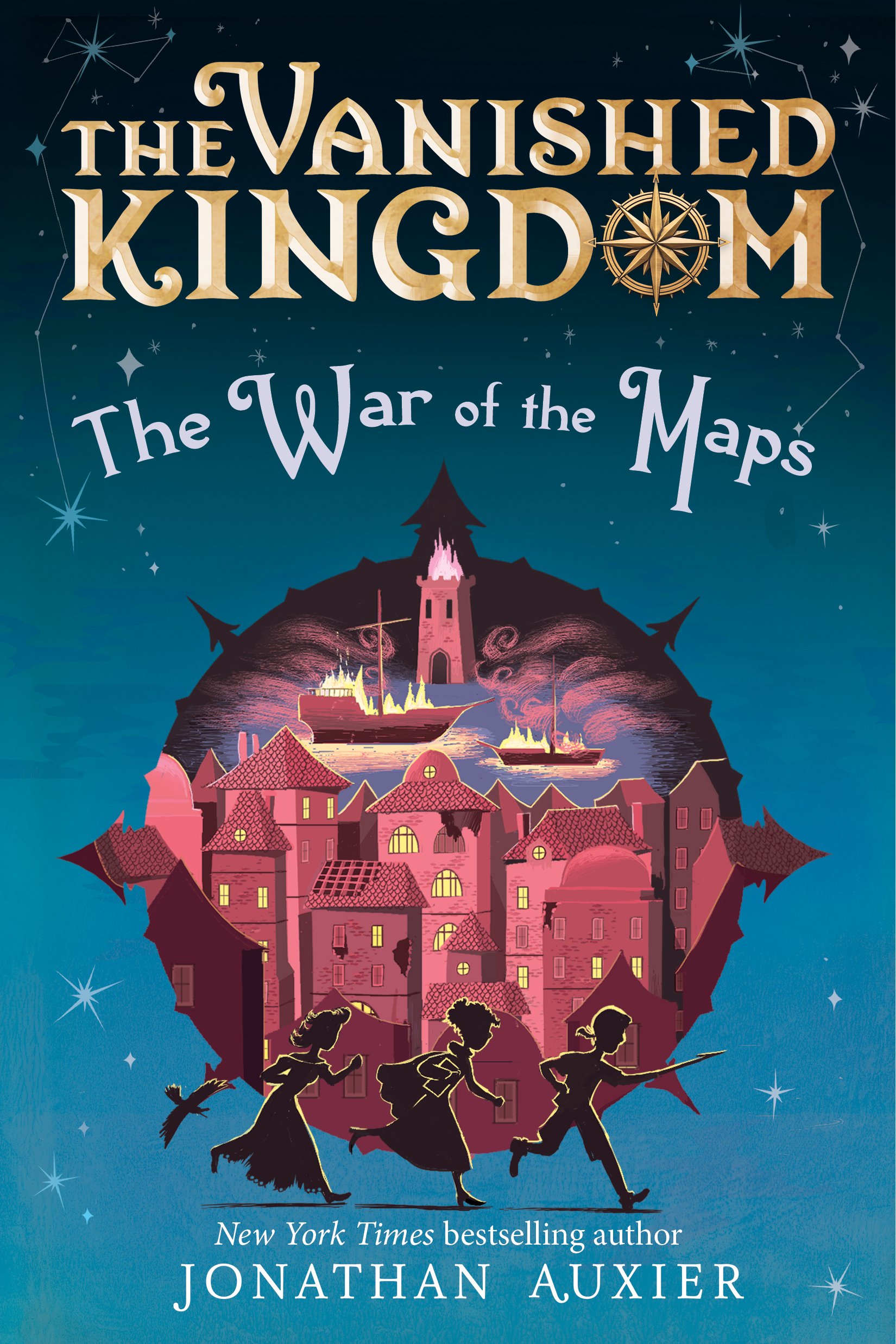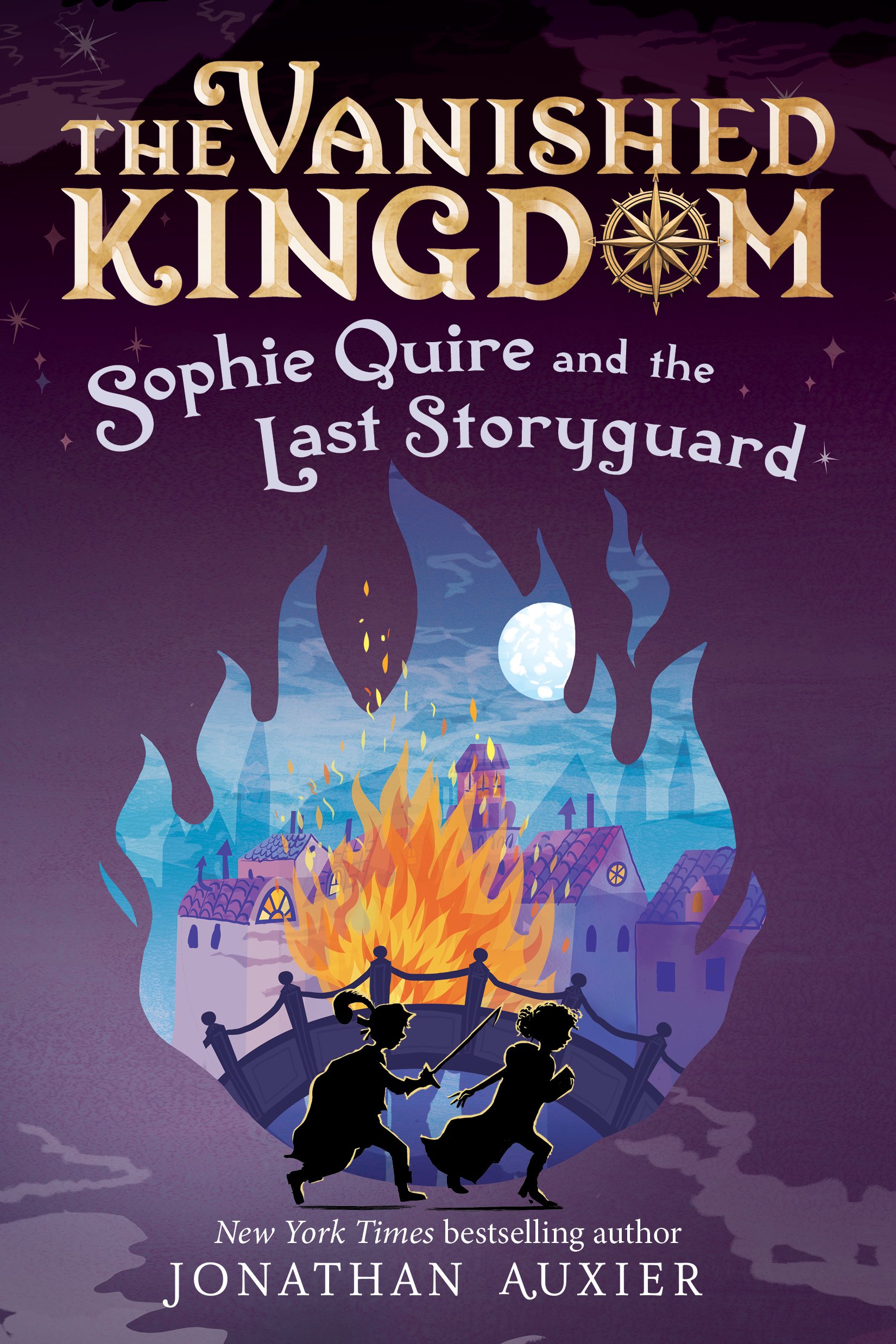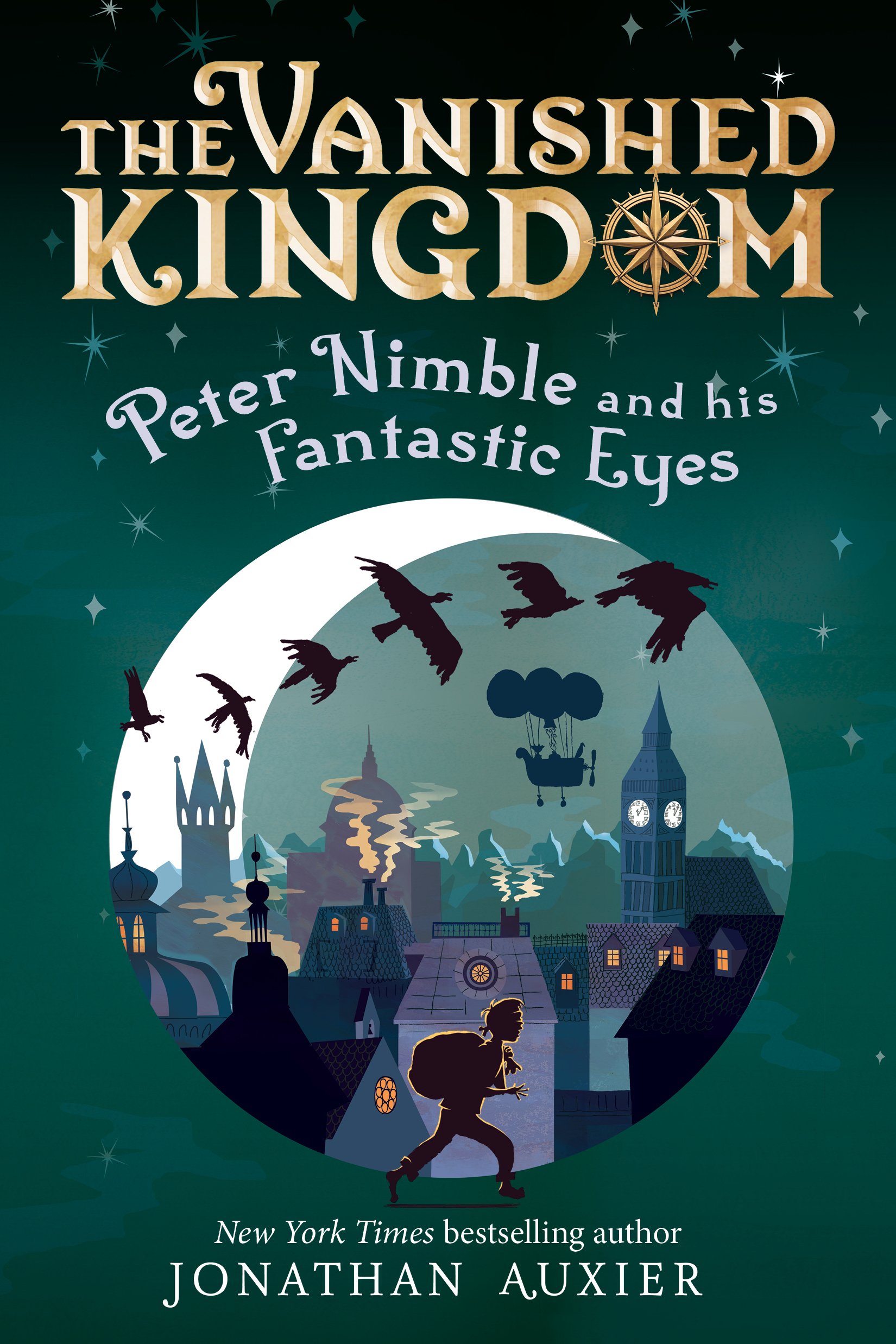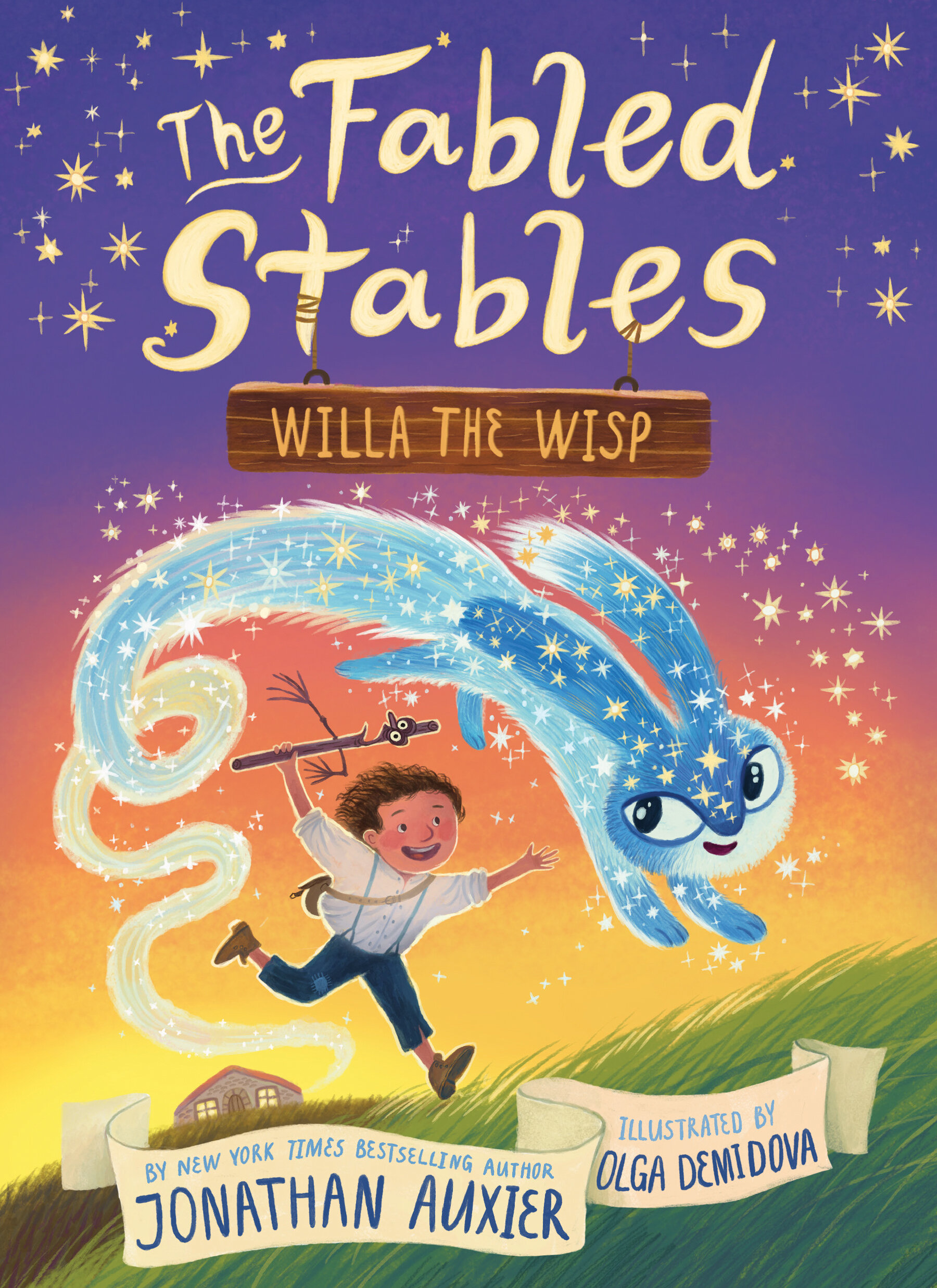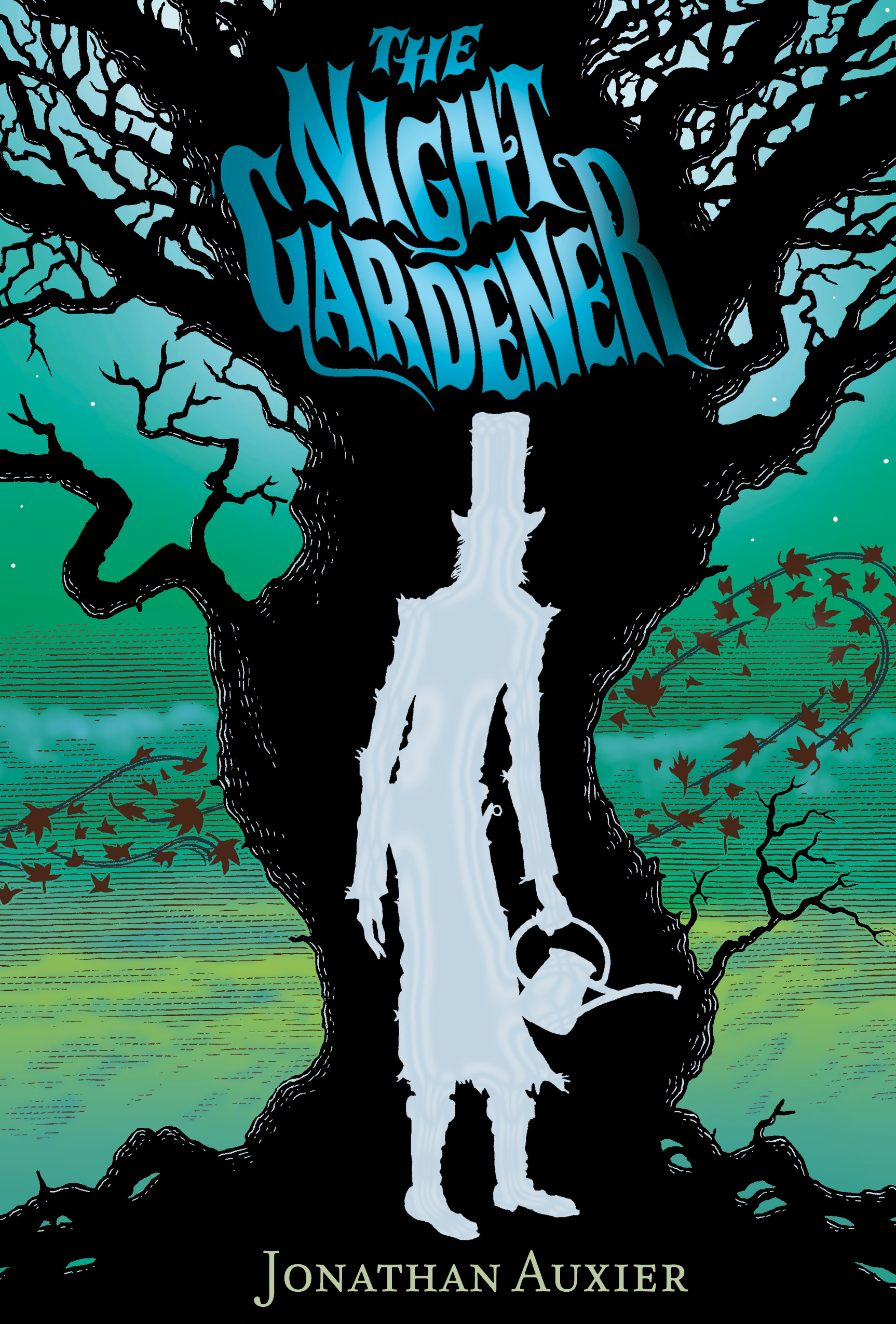Little Goody Two Shoes
/ So this week in our children's lit class, my wife and I taught The History of Little Goody Two Shoes [1. 1. The book was published in 1765 by John Newbery (heard of him?). There's debate about who authored the book; among the contenders is Oliver Goldsmith]. I wanted to put down a few thoughts and reactions that came up in discussion.
So this week in our children's lit class, my wife and I taught The History of Little Goody Two Shoes [1. 1. The book was published in 1765 by John Newbery (heard of him?). There's debate about who authored the book; among the contenders is Oliver Goldsmith]. I wanted to put down a few thoughts and reactions that came up in discussion.
If you haven't read the book, let me save you the trouble: Little Goody Two Shoes follows a recently-orphaned girl who rises above oppression by being an exemplar of moral and social virtue. She's rewarded for her hard work by a wedding proposal from a rich old man -- which I guess was a good thing back then.
Little Goody Two Shoes was written at a time when children's literature was almost entirely limited to educational and religious primers [2. 2. To prepare students for the assignment, we read a few early excerpts from Patricia Demers' From Instrustion to Delight]. It's sort of shocking to think that this book would have once been perceived as entertainment. To a modern reader, it feels like a series of straightforward moral lessons.
Still, children's literature had to start somewhere, and there is no question that Little Goody Two Shoes had a huge influence on books that came after it. I thought it might be fun to look at how elements from this book show up in later works of children's literature:
1) It's an origin story
This book popularized the term "goody two shoes," but the phrase had been around long before it. In the book, a small orphan girl named Margery Meanwell only owns one shoe. But then a rich man buys her a complete pair, and Margery is so delighted that she runs around the village, exclaiming: "Two shoes, ma'am! See, two shoes!" The nickname follows soon after.
It seems like Little Goody Two Shoes was trying to create an origin story for a phrase that was already in the culture. It reminds me of the "How the X got its Y" structure from Kipling's Just So Stories. An even more direct comparison might be Neil Gaiman's The Graveyard Book, where the author creates a secret underground society comprised of the "Jacks of All Trades"[2. 2. Unrelated: at ALA, Neil Gaiman noted that his book was meant to be in conversation with The Jungle Books ... which promptly made me feel like an idiot for not noticing the fact].
2) Silly Character Names
Little Goody Two Shoes is full of characters with loaded names: Margery Meanwell, William Dove, Timothy Gripe, Farmer Graspall (can you guess which ones are villains?). Nothing much to say about this other than the fact that this technique later became inseparable from Charles Dickens. I also think Roald Dahl is pretty dang good at it ...
 [3. 3. These BFG illustrations were drawn by Rebbaz Royee -- it's a bold man who decides to take on Quentin Blake!]
[3. 3. These BFG illustrations were drawn by Rebbaz Royee -- it's a bold man who decides to take on Quentin Blake!]
One big difference between Little Goody Two Shoes and books that came after it is that the former plays it straight. There's nothing particularly funny or playful about the names -- they're just meant to highlight the moral lessons. It's nice to know we've evolved beyond that.
3) Animals save the day!
Little Goody Two Shoes spends a lot of time saving animals. The middle chapters of the book are a series of animal-rescue adventures. She saves a few birds, a dog, and a lamb. She teaches them to "speak and spell." This pays off in later chapters when her dog, Jumper, rescues Goody and her students from a collapsing schoolhouse.
Again, not much to say on this. But there's a pretty clear connection between this book and later stories like Rikki-Tikki-Tavi. Also, Cat Lassie ... We must never forget Cat Lassie ...
4) My two favorite parts
There are two awesome bits from Little Goody Two Shoes that I wish had made it into pop culture. Here's hoping I can make them stick:
At one point Goody befriends a raven that she names Ralph and a dove that she names Tom. She teaches both of these birds to spell by using alphabet blocks. Ralph-the-Raven loves spelling things with the uppercase letters; Tom-the-Dove spells things with the lowercase letters. Soon, the schoolchildren begin to referring to capital letters as "Ralph's alphabet" and lowercase letters as "Tom's alphabet." Awesome, right?
Later in the book, a man walks into Goody's schoolhouse and sees her surrounded by animals. He points at her, screaming, "A witch! A witch!" Goody, without missing a beat, points right back and exclaims "A conjurer! A conjurer!" I think this rejoinder could have saved some lives in Colonial Salem.
That's it for Little Goody Two Shoes! Next week our class is discussing RM Ballantyne's The Coral Island. (I recently got called out for dismissing boys' adventure novels as "escapist fluff" -- my Coral Island post will probably take the form of a long apology.) See you then!



